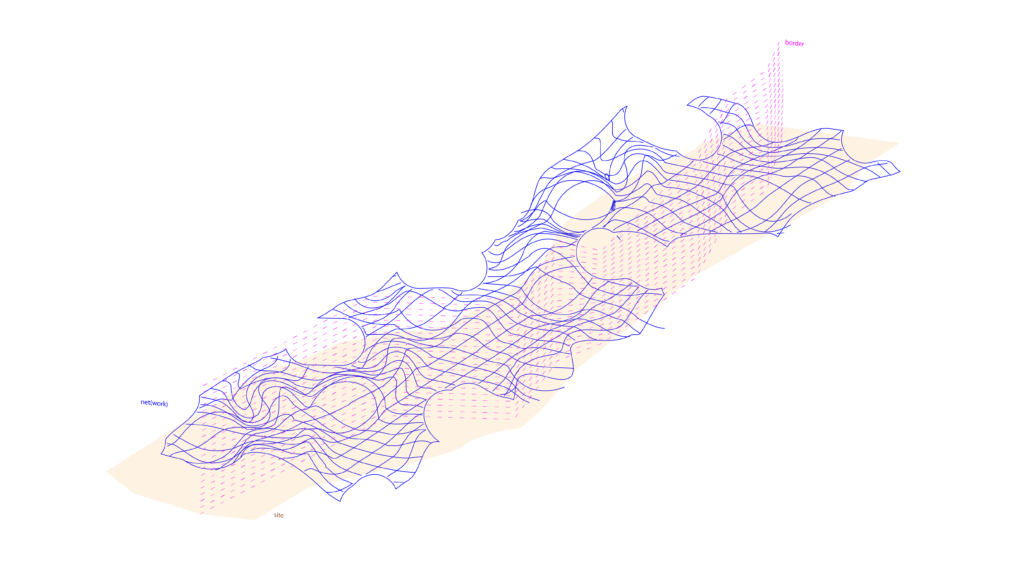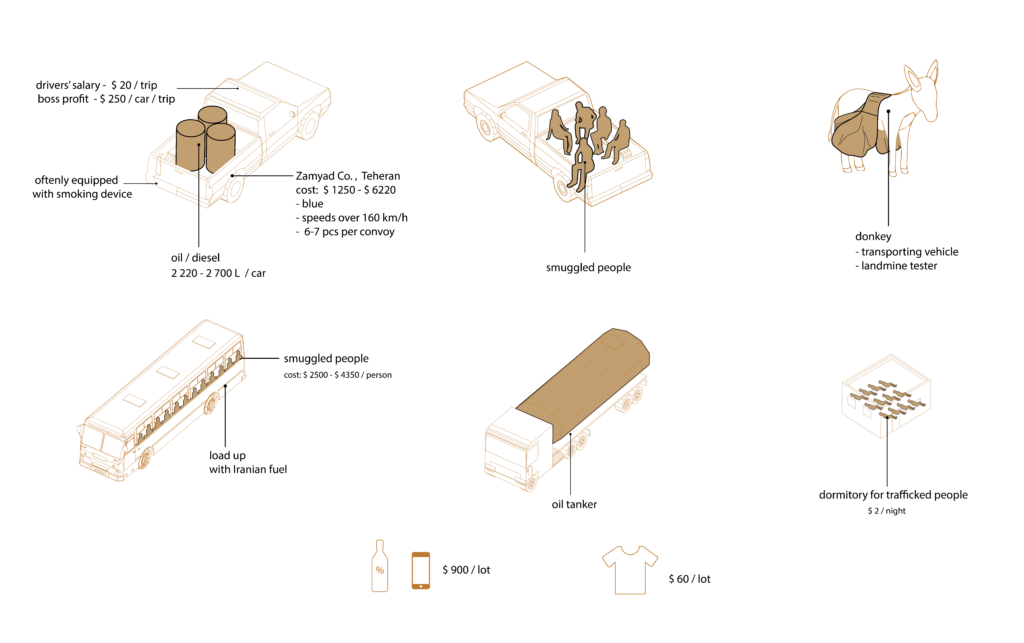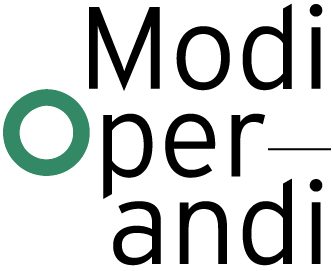STRUCTURE-LESS STRUCTURE

The system within Balochi smugglers’ operation proves to be unseizable by conventional models that describe types of different structures. The smugglers’ network appears not only dispersed but also non-hierarchical, without singular start- and end-points. Moreover, being highly mobile and not attached to a particular location (as the smugglers tend to disseminate along the border fluidly), their system resists any formal organization or stable hierarchy. Such qualities appear in the notion of rhizome, developed by Gilles Deleuze and Félix Guattari in their work A Thousand Plateaus. [15] The concept of rhizome embodies the decentralization and fluid nature of engaged actors. Deleuze and Guattari describe it as a ‘non-signifying and non-subjectifying system of flow and connection’ that ‘may be connected to any other point and extend in any number of directions.’ [16] Rhizomes are characterized by multiplicity, heterogeneity, and segmentarity, meaning they consist of many diverse and non-hierarchical components, connected through multiple and diverse pathways. This rhizomatic structure constantly grows, adapts, and changes. When broken, the system independently develops from one of its fragments, therefore, it poses inextricable. It is anti-genealogic, as a ‘system without a General’. It can form a particular system and act as an intrinsic driver of that system: ‘There exist tree or root structures in rhizomes; conversely, a tree branch or root division may begin to burgeon into a rhizome. (…). A new rhizome may form in the heart of a tree, the hollow of a root, or the crook of a branch. Or else it is a microscopic element of the root tree, a radicle, that gets rhizome production going.’ [17]
This structure-less structure of smugglers’ networks appears as a critical tactic that enables smugglers to operate effectively. Being rich with discontinuities, dead ends, and complex nodes, this structure successfully prevents them from being easily exposed. When threatened, thanks to a lack of centrality and adaptable nature, they may respond, make decisions and take action quickly, without the need for a long and complex decision-making process. Decentralization also impedes external control, as there is no single central point to be targeted. Moreover, it allows it to adapt rapidly to frequent changes in border control. Collaborating and constantly communicating with each other, decentralized smuggler groups alter their paths and methods used, which allows them to continue their operations. That way, the rhizome-like nature of the smugglers’ network constantly innovates and intelligently seeks new ways to improve their modus operandi. Learning from the above observations, the rhizomatic nature of the smuggler’s operational structure has become a direct point of departure to the later presented design. Informed by these observations, the design attempts to recreate this invisible network by translating its qualities with spatial means.

